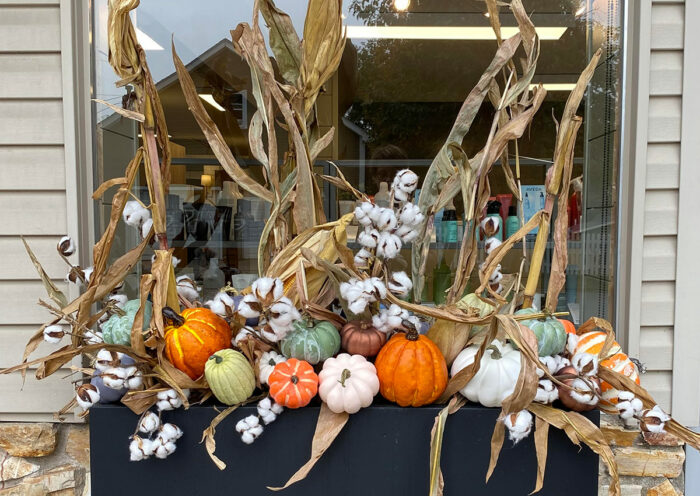
Containers are the finishing touch in any garden and can be filled for every season. Summer is typically seen as the pinnacle of planting for containers, but that is just a starting point. While many see mums (Chrysanthemum cvs.), pansies (Viola cvs.), and ornamental grasses as the go-to options for fall containers, I lean toward materials that are outside the box. With cooler temperatures and shorter days, plants are not in growth mode, and I find my clients have lost interest in watering and waiting for plants to fill in. They want instant gratification. Let’s look at some options for fall container gardens that make life simple and still provide the look we want this time of year.
Dried and artificial materials
Faux pumpkins and gourds
I am a huge fan of using artificial and dried materials in the containers I install in the fall. Faux pumpkins and gourds are my favorite, as they are lightweight and can be staged in layers when attached to floral sticks, creating a dramatic display with minimal effort. Not having to worry about critters munching on your work is another advantage. Many times I tried using real pumpkins, and they have been consumed by squirrels. Faux gourds also do not freeze or turn mushy and can be used more than once. When the season is over, just store them in tubs. Combine them with other materials, such as dried cornstalks and cotton pods, and you’re bound to create a striking display.
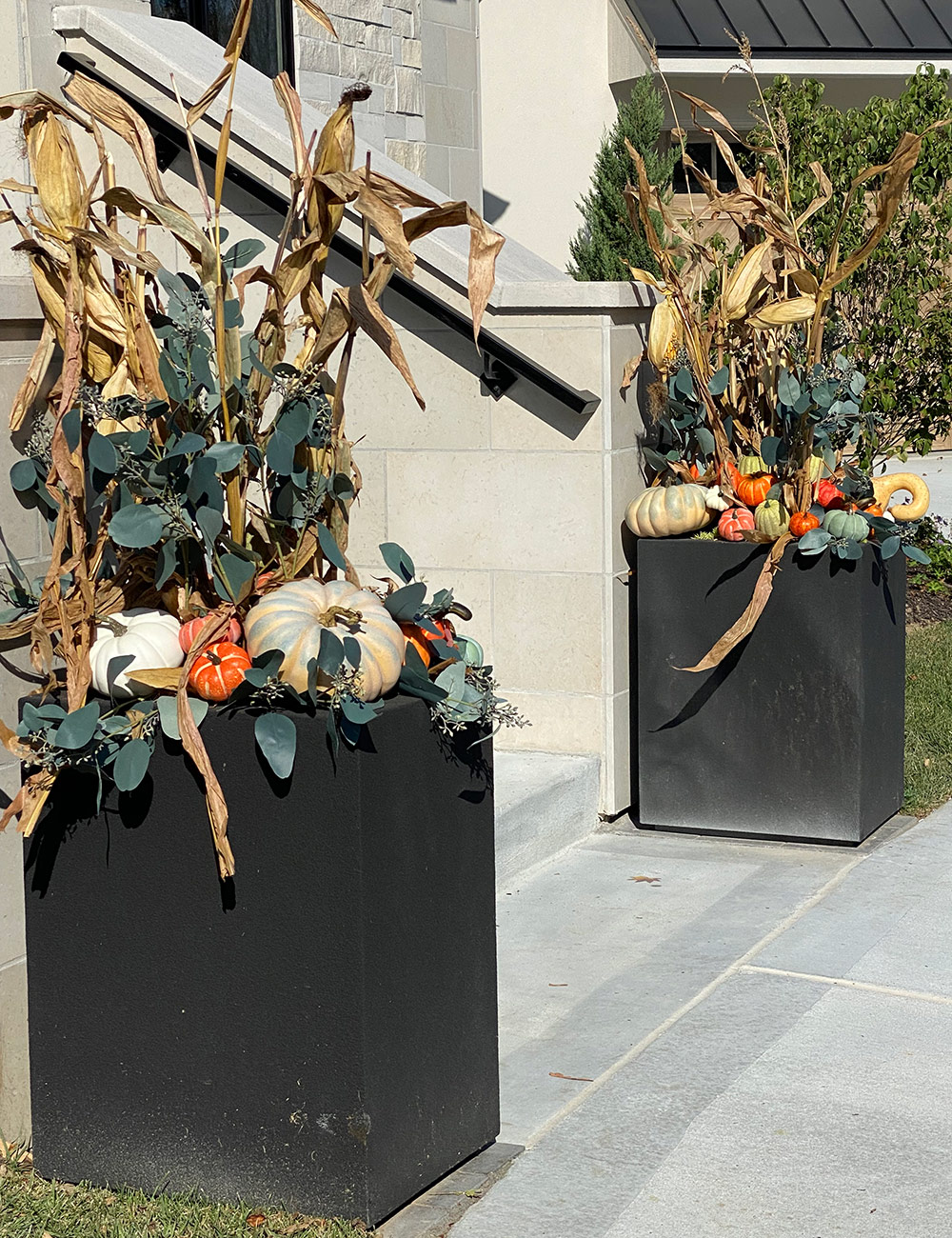
Eucalyptus leaves
There are times when a bit more subtlety is warranted. The sage green of eucalyptus leaves is a soft complement to the creamy-white and tan materials, the square containers, and the orange pumpkins. I love natural dried eucalyptus but find that artificial stems are more flexible and allow me the creativity to bend and weave more precisely without the stems snapping.
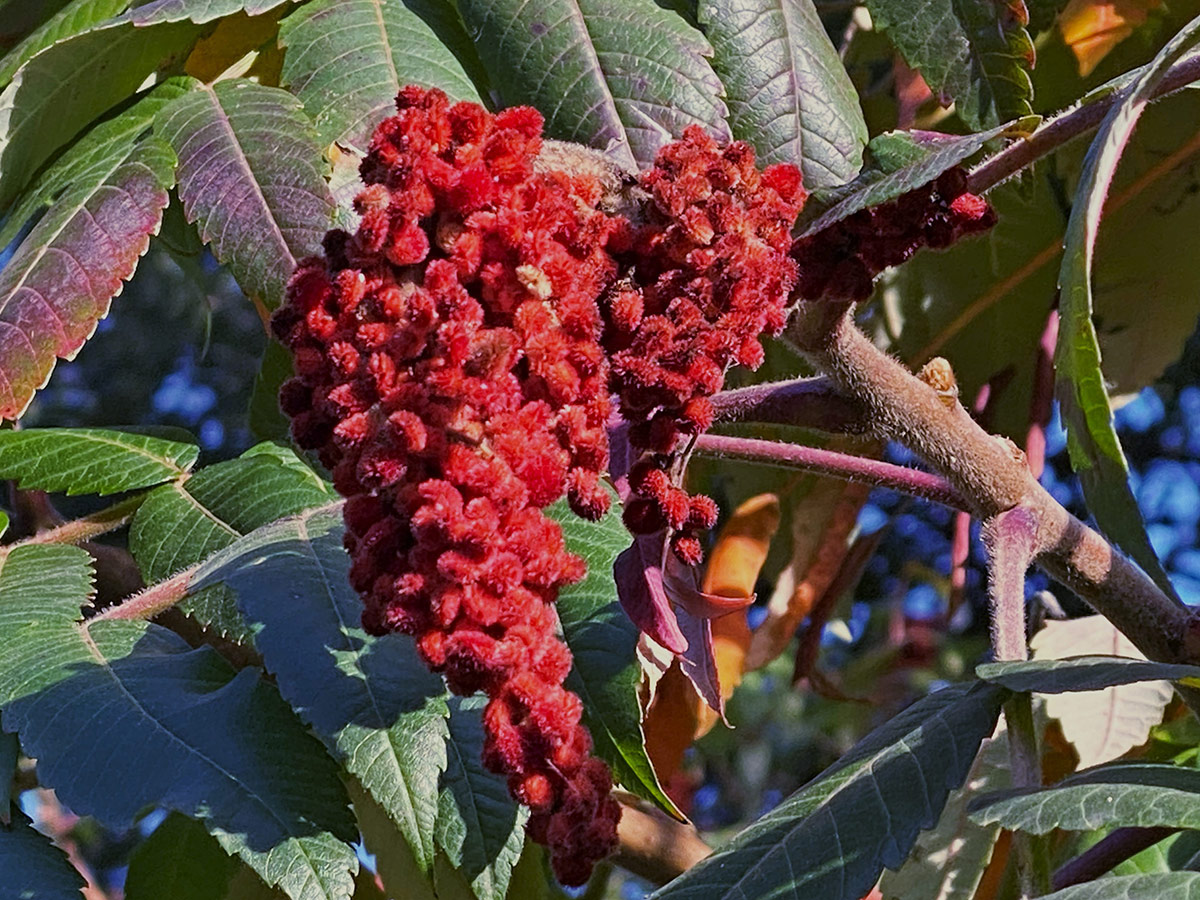
Dried sorghum and sumac
Visually powerful, but difficult to source, are dried sorghum and sumac. Their swollen seed heads provide a coarse and bold statement, quite the opposite of cornstalks. Used in place of or in addition to them, they supplement the appearance of any fall composition, although I wish they were easier to find and not so short. Also, the sorghum is a bit brittle and must be used with care.

Redtwig dogwood
Redtwig dogwood stems, traditionally used in winter arrangements, are also appropriate in fall containers. They can be piled into the center to create a bright scarlet column or sprinkled throughout an arrangement to add texture and accent pieces. Their bright red color pairs well with the other classic colors of the season like yellow and orange.
Lotus pods
I love to use lotus pods for their dark, exotic form. In containers with vibrant reds and oranges, they produce a moody counterpoint to the rich colors. They also can be utilized in their natural or artificial form, but a dried lotus pod could last for years if it is handled and stored properly. Lotus pods are easy to spray-paint, making your design possibilities endless.
Underused perennials
The examples shown have no living plant material, and I don’t mean to suggest this is the only solution. A mixture of both is certainly an option and can work if your heart is set on having some live plants. Your summer containers may have some cold-hardy herbs or foliage accent plants that will continue to grow until the temperatures reach freezing. If so, perhaps they could be moved to provide some secondary textural interest. Keep in mind, of course, that when it really gets cold, they are done for the season. The following are two I find interesting and would consider using myself.
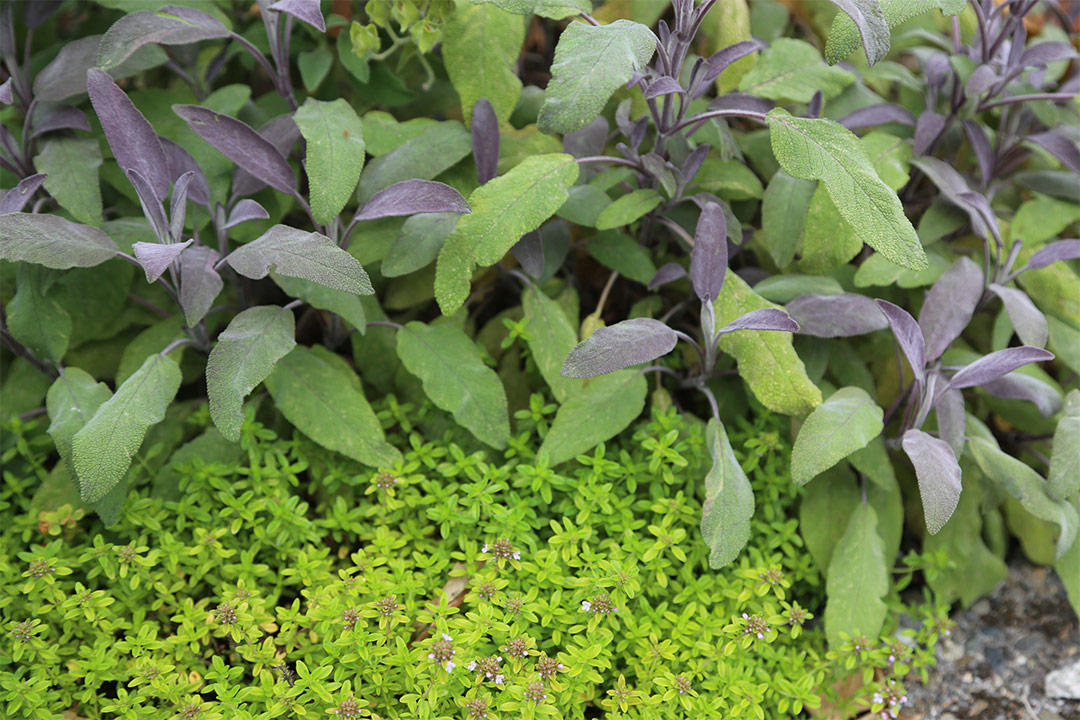
Purple sage
(Salvia officinalis ‘Purpurascens’, Zones 5–8)
Purple sage is an evergreen perennial that can be used as a culinary herb, with bushy, gray-purple leaves. It will tolerate a light frost, and it can be a lovely addition to soften the edges of a container in fall. The pungent aroma is a delicious bonus.

‘Sea Salt’ artemisia
(Artemisia ludoviciana ‘Sea Salt’, Zones 5–9)
‘Sea Salt’ artemisia reveals an enchanting display of fuzzy, silvery leaves that accents anything it rests against. It would work as a nice filler between spherical pumpkins, draping over the edges.
In a sheltered location, either one of these foliage plants may last until Thanksgiving or after. Just be sure to water them, even if the rest of the container doesn’t need it.
Find more inspiration for your fall containers:
- 10 Tips for Transitioning to Autumn Garden Containers
- Unexpected Container Plants for Fall
- Building the Perfect Fall Container
- Cold-Weather Combinations for Fall Containers
- Amazing Fall Container Inspiration
And for more Midwest regional reports, click here.
Discuss this and any other gardening topic in our Midwest gardening forum.
Marti Neely, FAPLD, owns and operates Marti Neely Design and Associates in Omaha, Nebraska.
Photos, except where noted: Marti Neely
Fine Gardening Recommended Products
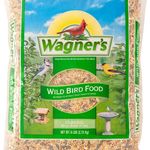
Wagner's 52003 Classic Blend Wild Bird Food, 6-Pound Bag
Fine Gardening receives a commission for items purchased through links on this site, including Amazon Associates and other affiliate advertising programs.

Planting in a Post-Wild World: Designing Plant Communities for Resilient Landscapes
Fine Gardening receives a commission for items purchased through links on this site, including Amazon Associates and other affiliate advertising programs.
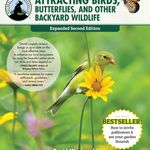
National Wildlife Federation®: Attracting Birds, Butterflies, and Other Backyard Wildlife, Expanded Second Edition (Creative Homeowner) 17 Projects & Step-by-Step Instructions to Give Back to Nature
Fine Gardening receives a commission for items purchased through links on this site, including Amazon Associates and other affiliate advertising programs.


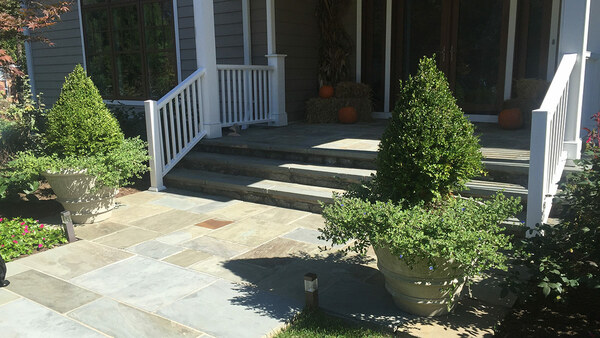


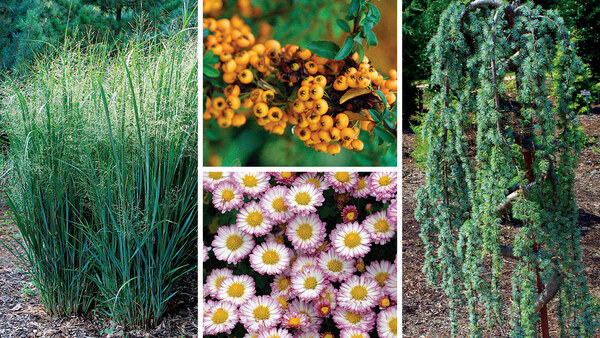













Comments
Log in or create an account to post a comment.
Sign up Log in